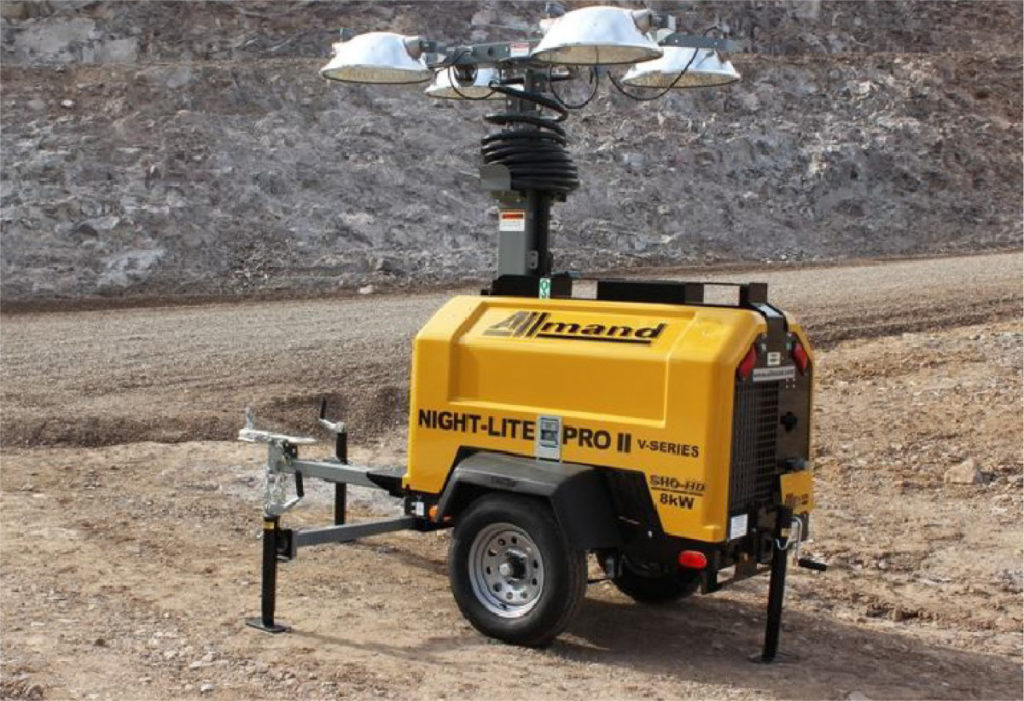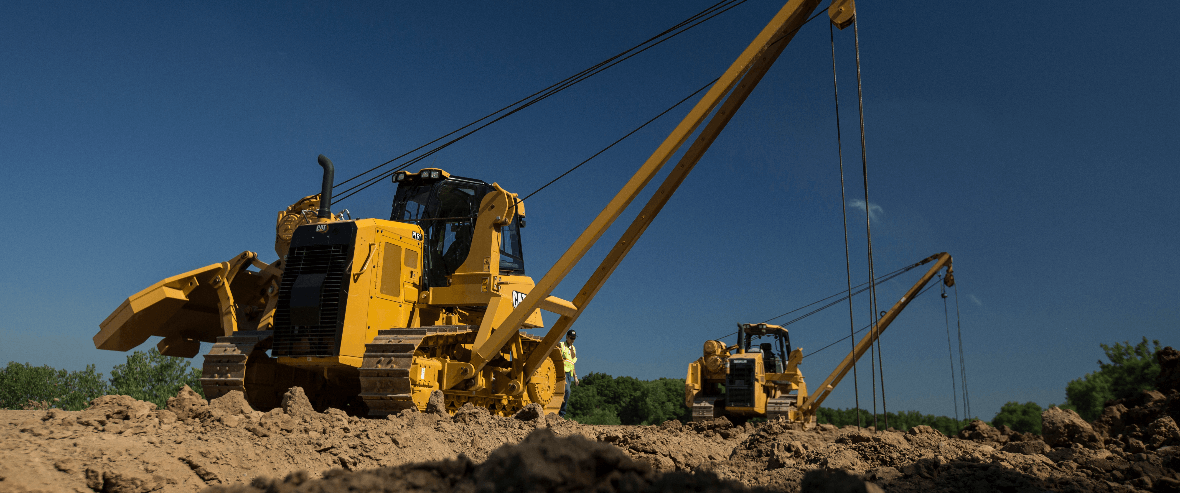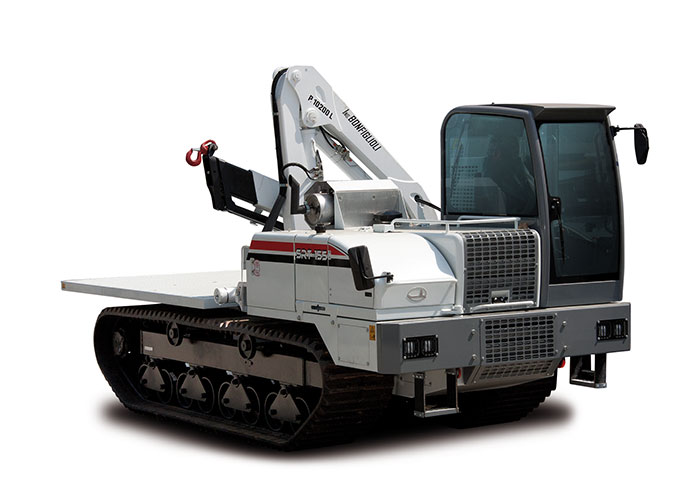Everything About Oil Field Equipment and Pipeline Equipment: Trick Insights and Vital Details
Oil field equipment and pipeline systems play a critical role in the oil and gas market. They are vital for the reliable extraction and transportation of hydrocarbons. Key components, such as piercing rigs and storage space tanks, directly influence functional success. Developments in modern technology assurance to improve security and effectiveness. Understanding these components is important for anybody associated with or thinking about this complex industry, as it establishes the phase for much deeper expedition of industry methods.

Overview of Oil Field Equipment
As the demand for oil remains to expand, recognizing the devices utilized in oil areas becomes significantly necessary. Oil field equipment incorporates a large range of machinery and devices essential for expedition, extraction, and processing. Trick elements include drilling rigs, which are critical for reaching oil storage tanks, and production devices, such as separators and pumps, that help with the removal process. Superior Oilfield pipeline equipment rentals. Additionally, tank play a substantial function in holding crude oil before transportation. Security devices, including blowout preventers and stress evaluates, assures operational safety and performance. Each tool functions cohesively to maximize production and maintain reliable operations. Familiarity with this devices is essential for professionals in the industry to ensure effective procedures and adherence to security criteria
Kinds Of Drilling Rigs and Their Applications
Drilling rigs serve as the backbone of oil removal operations, with various types created for details geological conditions and functional demands. One of the most common kinds include rotating drilling rigs, which make use of a turning drill little bit to pass through the earth, and wire tool rigs, understood for their percussion drilling method. For overseas operations, jack-up rigs and semi-submersible rigs offer stability and support in aquatic settings. In addition, directional exploration rigs make it possible for operators to drill at angles, reaching deposits that are not vertically easily accessible. Each rig kind has special benefits, enhancing efficiency and safety based upon the exploration environment. Choosing the proper rig is important for making the most of resource extraction while decreasing environmental effect and operational prices.

Vital Pipeline Equipment and Their Features
Pipeline infrastructure is important for the transportation of oil and gas from extraction sites to refining centers and end-users. Different vital tools parts promote this process. Pipelines themselves work as the main conduits, developed to withstand high stress and destructive compounds. Pump stations are vital for keeping flow by improving stress along the pipeline. Valves play a vital function in controlling flow and isolating areas for maintenance. Furthermore, installations and connectors assure safe and secure joints between pipeline areas. Checking systems, including flow meters and stress sensors, are important for spotting leakages and enhancing circulation prices. Lastly, pigging tools is used for upkeep and cleansing, safeguarding pipeline integrity and performance. With each other, these elements create read what he said the foundation of a trustworthy pipeline system.
Advancements and Technologies in Oil and Gas Equipment

Security and Upkeep Practices in the Oil Sector
While the oil sector has actually made substantial strides in modern technology and performance, the relevance of robust safety and upkeep methods can not be overstated. Effective safety protocols are necessary to protect workers and the atmosphere, decreasing the threat of mishaps and spills. Regular evaluations and maintenance of tools assistance identify possible problems prior to they rise, making sure functional honesty. Training programs for workers are crucial, emphasizing the relevance of safety and navigate to these guys security awareness and emergency feedback treatments. Additionally, adherence to market laws and standards fosters a society of safety and security. Applying innovative tracking modern technologies can better enhance maintenance practices, enabling real-time evaluations of equipment conditions. Inevitably, prioritizing safety and security and maintenance is essential to the sustainability and success of the oil market.
Frequently Asked Inquiries
What Are the Ecological Influences of Oil Field Equipment?
The ecological effects of oil field equipment consist of environment damage, water contamination, and air contamination (Superior rentals squeeze tools). In addition, devices breakdown can result in spills, negatively influencing wildlife and ecological communities, highlighting the need for strict regulations and monitoring
Exactly How Is Oil Field Equipment Carried to Remote Locations?
Moving oil field equipment to remote locations typically includes customized automobiles, helicopters, or barges. Logistics companies coordinate paths, making sure equipment shows up securely and efficiently, considering surface and ease of access to decrease hold-ups look at this now and optimize performance.
What Regulatory Requirements Govern Oil Field Equipment?
Regulative requirements regulating oil field equipment mainly include security, environmental management, and functional effectiveness standards. Agencies such as OSHA and EPA implement these laws to assure secure practices and reduce environmental influence in oil removal operations.
What Skills Are Needed to Operate Oil Field Equipment?

Exactly How Do Oil Costs Affect Equipment Need and Usage?
Oil costs considerably influence equipment demand and use. Greater prices usually result in boosted exploration and manufacturing tasks, driving need for equipment. On the other hand, reduced prices might result in lowered operations and decreased demand for equipment.